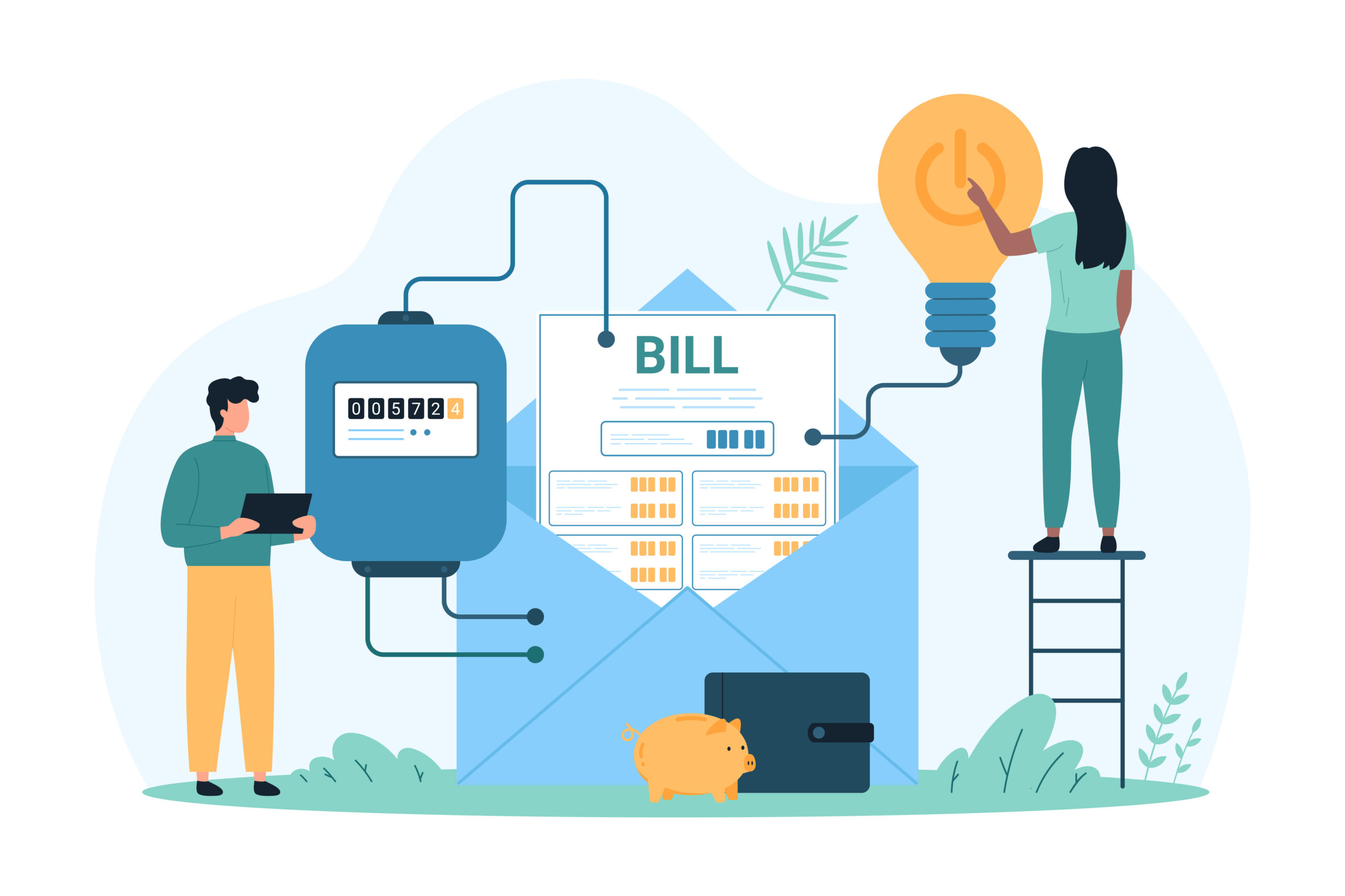Congrats! If you’re here, you either have or are considering a demand response (DR) or distributed energy resource (DER) program and now you’re figuring out how best to communicate and market your program to drive enrollment. After all, the legwork to get a program off the ground is only a small component of its continued success. How you share your pilot or program with your residential customers is arguably just as important as the technical functioning of your specific utility program, but where do you start? It’s easy to feel overwhelmed, but have no fear because the marketing team here at Virtual Peaker has you covered!
So You Think You Can Have A Utility Program
Alright, so maybe having a utility program isn’t quite as exciting as dancing, but hear us out. Right now, both the DER and electric vehicle (EV) markets are rapidly evolving, signaling a robust consumer interest in renewable energy technologies. And while those same technologies further complicate the grid and reshape load curves, they also provide an opportunity for enterprising utility operations to access the clean, renewable energy needed to meet global decarbonization efforts.
Did we mention that many of these decarbonization efforts are a regulatory imperative? Around the world, utilities are rising to meet the dual challenges of mitigating climate change and an increasingly sophisticated grid. What this means for utility program managers is:
- While decarbonization regulations might not affect your operation now, there is no avoiding the fact that they will.
- Residential and corporate consumers alike are buying technologies that are and will continue to reshape the grid.
These are tomorrow’s problems today, but you can use the very same regulatory requirements to your business advantage by implementing either a demand flexibility or DER program, or, hopefully, both. Demand flexibility is a conservation strategy that seeks to minimize peak loads, by simply mitigating usage. On the other hand, DERs are the very technologies disrupting the grid and causing customer defection, but as the steward of the national electricity grid, utilities can use the very renewable energy assets challenging the existing energy paradigms to strengthen the grid, lower costly energy spending, and enhance customer satisfaction. What more could you ask for?
Getting Started: You’ll Need Interested Participants
Well… you can ask for more. In fact, you have to! To develop your utility programs, you have to engage with customers who might be interested. Did you know that there are more than 500K posts made to social media every day? Between an endless news cycle and ceaseless social posts, there is more information out there every day than existed ever! Just look at this article from 2013, and consider that while the information itself is outdated, this number is likely much higher now than then. That’s so much!
But cutting through the noise is possible if you commit to a few basic strategies. Let’s take a look at a few below so that you can get started immediately developing your utility programs.
Determine Your Messaging
Before you can solicit participants in your utility program, you’ll need to figure out what exactly you need to say. Take it from us: bad marketing can lead to serious problems. Failing to send the right message at the right time to the right audience can lead to serious setbacks that can damage your reputation, decrease potential engagement, or, in the worst-case scenario, tank your program outright.
First, you’ll need to identify what the program is that you wish to promote, addressing the benefits to customers as well as what they should expect throughout the program. For example, if you’re promoting a demand flexibility program, you need to communicate the 5 w’s—who, when, what, where, and why—of how the program will work, specifically in how it will affect the customer (if at all). By doing so, your operation is setting an expectation that you should then follow. Working with customers to build rapport and trust is crucial to avoid the kind of problems that lead to bad press. And remember: not all press is good press, no matter how the saying goes.
How Will You Reach People?
Now that you know what to say, how will you say it? There are many ways to reach out to the public, from various social media platforms to SMS texting to traditional paper mail. While it may seem appealing to focus on sites with the most traffic (for example, Facebook has 2.9 billion active users as of this year), you must understand your audience first.
Because utilities are natural monopolies and public necessities, your customer base will vary wildly from household to household, sometimes irrespective of demographic. With that in mind, we recommend taking an approach that incorporates many options for reaching your audience. That means a cross-platform, strategic deployment of messaging. Fortunately, there are customer engagement tools out there that feature robust templates, messaging suggestions, and brandable microsites that can help you reach who you need when they need it.
Incentivize It
Sure, you should remain transparent by explaining what your program does to help your operation, the community, and the environment, but perhaps the most important thing you can communicate to potential utility program participants is what they get out of it. By emphasizing this in your messaging, you can help overcome at least some customer concerns by showing them what they get in return. Typically, program incentives appear as credits on a bill, but they can come in many shapes and sizes including (to name a few):
- Check payments
- Gift certificates
- Rebates
Make sure to explain the details—those 5 w’s again—of how and when incentives are distributed and processed. Depending on your utility program management platform, you may have incentive processing options that can help your operation seamlessly process and distribute incentives quickly and efficiently. And let’s face it: outside of keeping the lights on, customers are likely the most interested in how their decisions will affect their finances.
Find Your Target Audience
While you might know exactly what you want to say, who are you trying to reach in particular? While the just energy transition movement is working to ensure that everyone can participate in a greener tomorrow, evidence indicates that renewable energy technologies are often owned and installed in affluent neighborhoods. Logically then, you should look to communities where those resources exist, right?
Wrong. For any utility program to work, you need customer buy-in and interest. By excluding any part of your customer base from your marketing efforts, you’re potentially sending the signal that you don’t want them. So rather than turning to areas where customers are more likely to have the devices needed to realize your utility program, make sure to remain inclusive. If you know that some areas may not have the types of DERs needed for your program, advocate for those communities by sending out materials to help them to find the resources they need. This broadens your potential market, while tacitly showing that everyone is important in your journey.
Customer Segmentation
While you should try and embrace the broadest possible community for all of the reasons we’ve mentioned above, consider segmenting your audience. Yes… market to everyone! But segmentation provides you with the tools you need to reach the different types of customers within your market. What that means is that you may develop strategies for low-moderate-income housing customers that emphasize how this can benefit their daily lives. Conversely, you can make an appeal to altruism for prosumers in affluent neighborhoods. Doing this can help you grow your program across several communities without inadvertently ostracizing anyone.
Device-Specific Utility Programs
Building off of your path to community inclusivity in your utility program marketing efforts, consider partnering with OEMs and device installers. Suppose your utility program requires smart water heaters to participate. Because water heaters are expensive and in many cases an emergency purchase, potential participants in utility programs may not think about their device type at the moment. You can solve that by partnering with the people who sell and install whatever device type you’re considering, and by asking them to share your marketing efforts with people buying the type of device you need for your program. Not only does this help spread the word, but it potentially takes the edge off for people who are already spending a lot of money on something they didn’t want by offering them a means of cost-savings.
Conclusion: How to Market Your Utility Programs
With the continued pressures of electrification efforts increasing grid demand, prosumer-driven tech disruption, customer disintermediation, and added regulatory efforts, utilities are at an inflection point as to what to do next. For the very short term, staying the course is an option that anyone can take. But in the long run, as market forces and legislation indicates, these efforts to mitigate climate change will impose the need to evolve rapidly.
By starting your marketing efforts now for your future utility programs, you can start to prepare for the grid of tomorrow, today. And with improvements to API software, these utility programs can roll out even faster than ever, securing grid resiliency, lowering costs, and improving customer satisfaction. With so much at stake, what are you waiting for?






